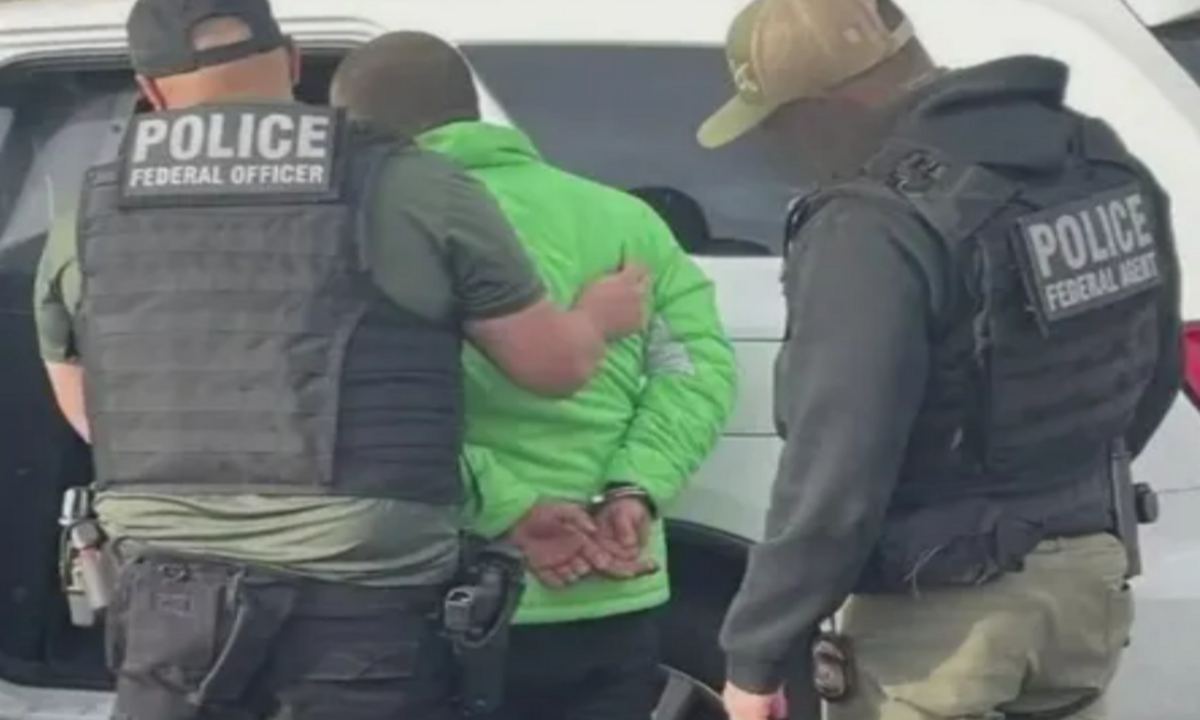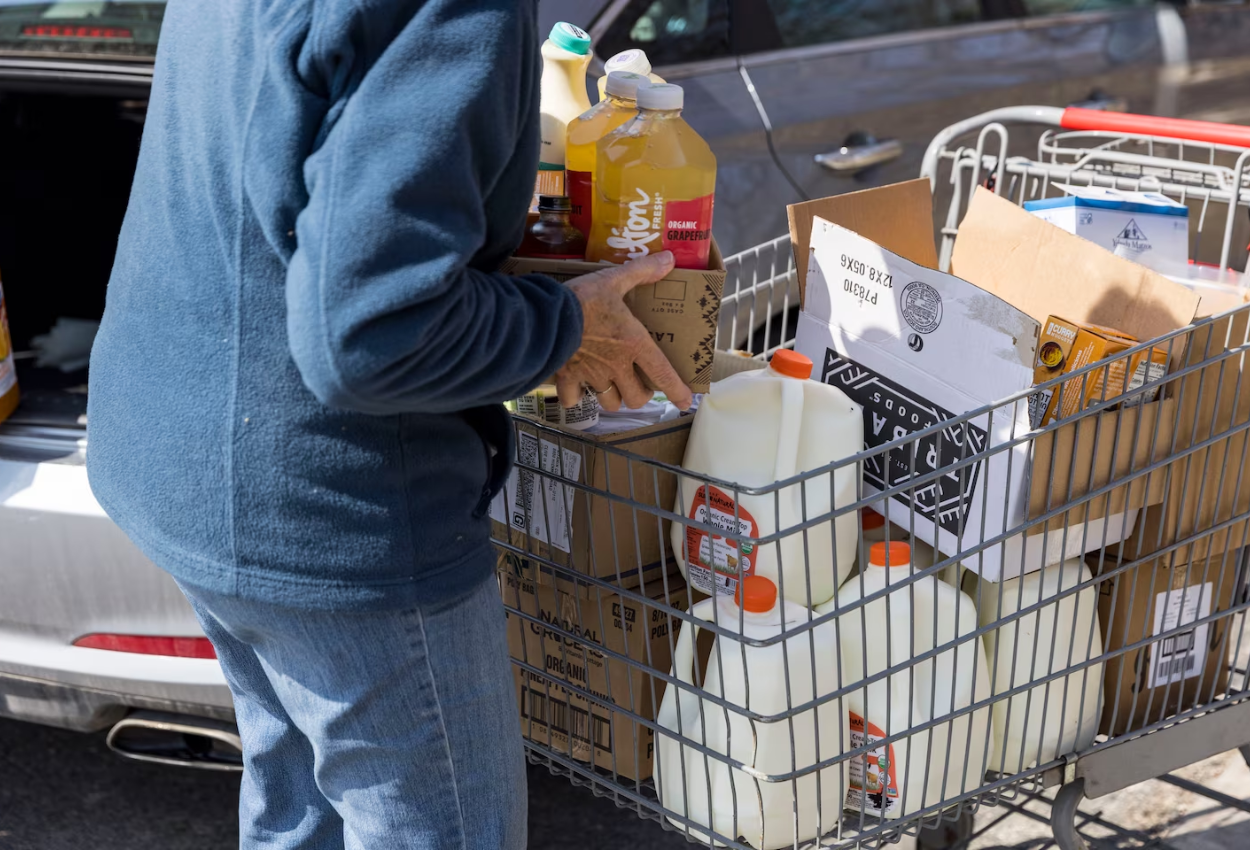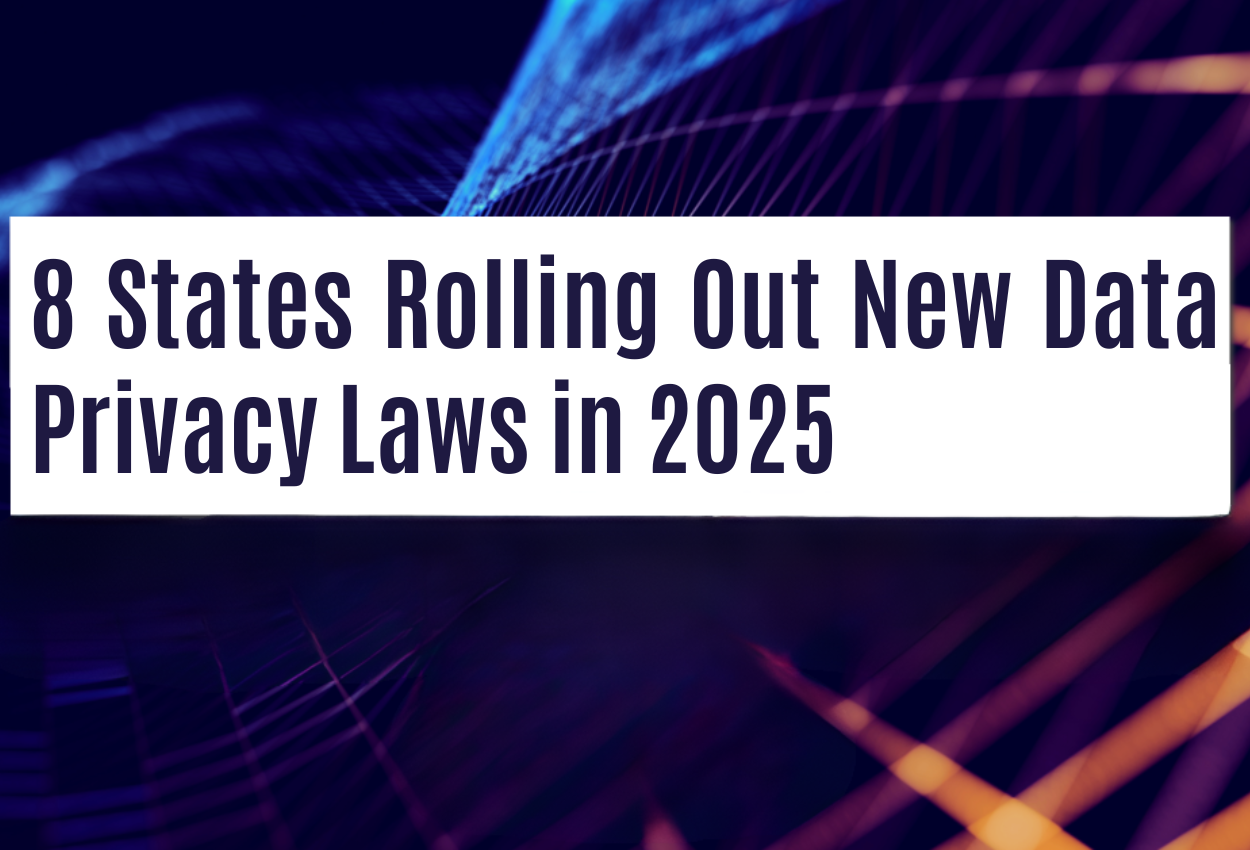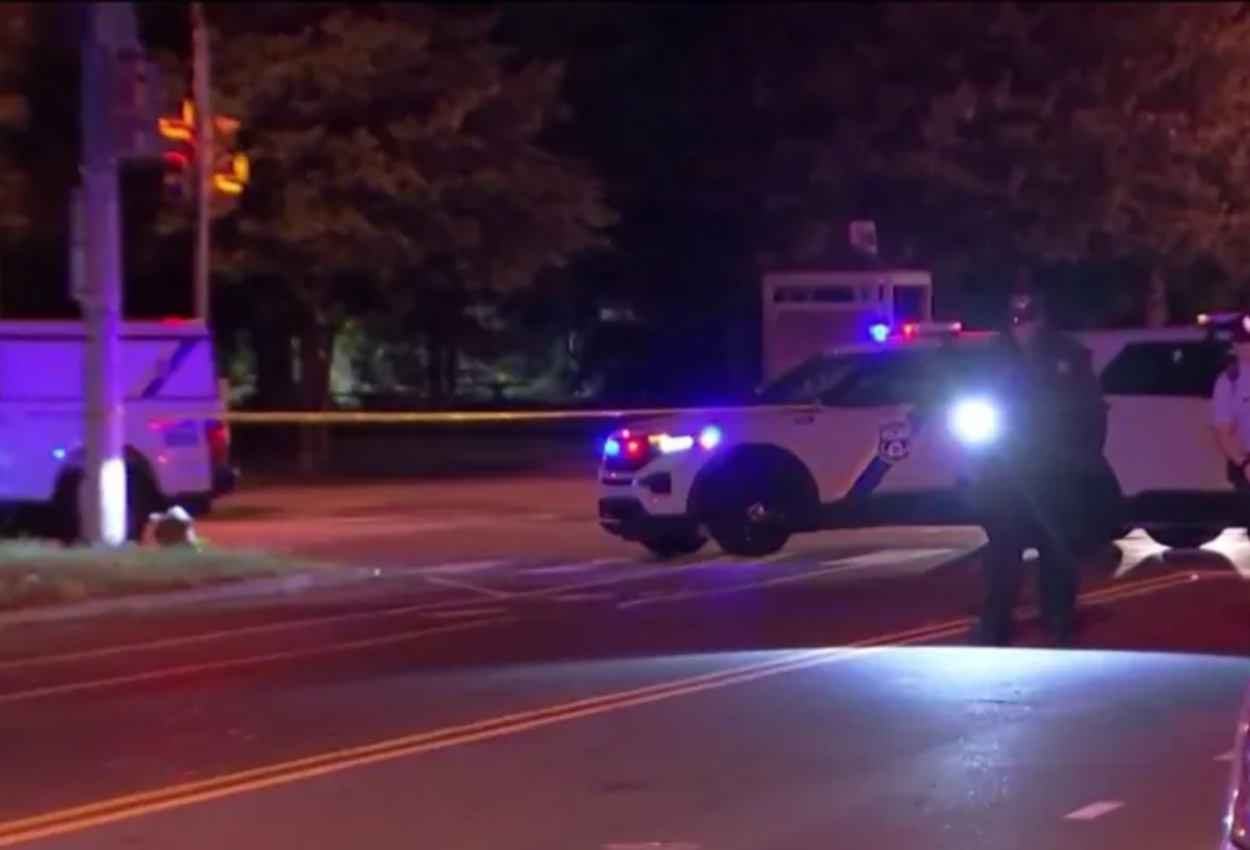The crackdown on illegal immigration continues under the second term of the Trump administration, with a focus on deporting individuals involved in criminal activities. The Department of Homeland Security (DHS) has already arrested and deported over 7,000 people who were in the U.S. illegally, and some of these deportations have taken place in Arizona.
Efforts to Target Criminals and Violent Offenders
According to Thomas Homan, the Trump administration’s border czar, the priority of these deportations is to focus on criminals. “I don’t think we’ve arrested any families. We’ve arrested for public safety, threats, and national security,” Homan said, emphasizing that the goal is to remove individuals who pose a danger to the public.
This includes individuals like the one arrested in Arizona, who was wanted for homicide in Mexico. The DEA Phoenix Division has also been active in announcing arrests of violent criminals linked to drug-related crimes.
Protests Erupt in Phoenix
While the government continues its efforts to enforce stricter immigration policies, protests have erupted in response. On Sunday night, hundreds of people gathered at 75th Avenue near McDowell Road in Phoenix to protest the new deportation efforts. Protesters blocked roads, lit fireworks, and marched in defiance of the ongoing actions, voicing their frustration over the situation.

One protester shared, “We just all want our families to be here. We’re so hard-working. Why, why would they do this to us?” Another added, “It’s not just my family, but everybody’s family. It’s not fair at the end of the day.”
The protest reflects a growing sense of tension as communities across Arizona grapple with the impact of the administration’s strict immigration policies.
Trump’s Strong Stand on Border Security
President Donald Trump has made clear his stance on the ongoing immigration situation, calling the influx of migrants an “invasion” and vowing to take swift action. “They allowed people to come in at levels that nobody has ever seen before. It was ridiculous,” Trump remarked on January 24. He has deployed active-duty U.S. military and National Guard troops to assist in repelling what he describes as an “invasion” at the U.S.-Mexico border.
Trump’s comments underline the administration’s aggressive approach to immigration, with the goal of reducing illegal crossings and increasing the number of deportations.
Local Perspective: Arizona’s Response to Deportation Efforts
While the Trump administration continues to push for deportations, local leaders in Arizona have different perspectives. Governor Katie Hobbs has made it clear that she will not use state resources to support federal immigration enforcement.
“We should be spending our limited resources on efforts like Task Force SAFE, which intercepts drugs at our ports of entry. I want to protect Arizonans and make sure they’re not subjected to raids in churches, hospitals, and schools,” Governor Hobbs said, highlighting the need to focus on community safety.
However, Arizona Senate President Warren Petersen has introduced a new bill, SB 1164, that would require local law enforcement to assist federal immigration enforcement efforts. This bill, if passed, would make it mandatory for local agencies to cooperate with federal authorities on immigration-related arrests.
The Debate Over Immigration Policy in Arizona
The debate over immigration in Arizona is intensifying as the federal government and state leaders take differing approaches. On one side, the Trump administration prioritizes public safety by focusing on deporting criminals and individuals involved in violent crimes. On the other side, local leaders, like Governor Hobbs, argue that resources should be directed toward tackling issues such as drug trafficking rather than conducting raids in communities.
As deportations continue and protests grow, Arizona is at the center of a heated debate about how best to address immigration in the U.S. The coming months will likely see more discussions on how federal and state authorities can collaborate—or clash—on this issue.
Disclaimer—Our team has checked this article to ensure its accuracy and eliminate any misinformation. We are committed to providing clear and reliable information for our readers.




